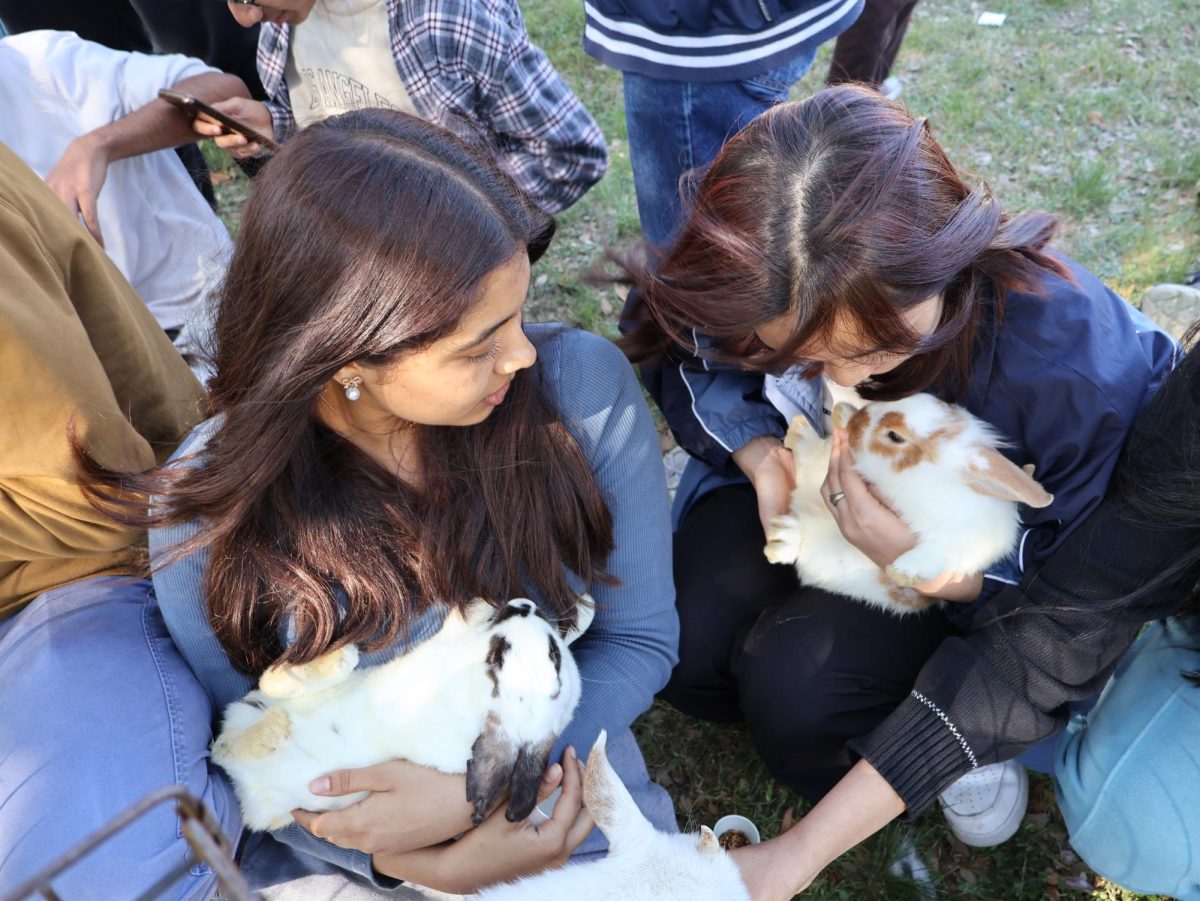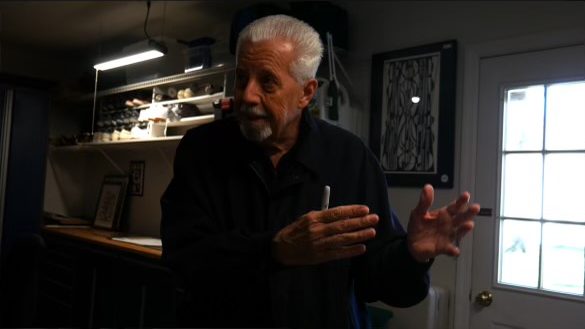In the early and mid-2000s, Disney Channel quickly taught many Indian American children, including me, that all representation is not good representation. Without an exaggerated Indian accent, extreme social anxiety or pet Komodo dragon, it was difficult for me to relate to Ravi in the show “Jessie.” Baljeet, the math-obsessed musical prodigy from “Phineas and Ferb,” was no better.
Instead of feeling excitement at the prospect of seeing faces similar to my own on screen, I was left with only resentment as my peers began to mock the joke that became Indian culture. I came to dread no question more than, “Can you do the accent?”
The Netflix show “Never Have I Ever,” created by Mindy Kaling, was the first popular show for teenagers in which the Indian characters weren’t just a fusion of various harmful stereotypes. However, as Ms. Kaling puts out more shows with Indian representation, like “The Sex Lives of College Girls” and “Velma,” her portrayal of Indian women is creating a whole new set of stereotypes.
Without many Indian characters in Western media, Mindy Kaling has been given the tremendous responsibility of creating the only Indian representation many people will see. Thus, she should be careful not to give all her main characters similar, unlikeable personalities, due to the risk of unknowingly creating new stereotypes for Indian women — a duty she has not been successful in.
Devi Vishwakumar, the main character in “Never Have I Ever,” and Bela Malhotra, a lead in “The Sex Lives of College Girls,” seem to reflect each other in many negative ways. Most notably, both are self-deprecating, ashamed of their culture and completely boy-obsessed.
For Devi, a major part of the show is her defying the strict immigrant household she comes from, specifically to pursue a half-white, half-Japanese boy in the grade above her. Her somewhat desperate and obsessive nature often makes her extremely dislikeable, especially when she’s willing to hurt her loved ones just to get her way.
This wasn’t a particularly new or offensive way of portraying a teenage girl, but when Ms. Kaling released “The Sex Lives of College Girls” featuring an Indian main character with an equally concerning fixation on boys — particularly white boys — a single toxic character evolved into its own stereotype.
Bela and Devi also share a continued conflict with their cultural identity. Neither attempt to befriend other Indian teens or express their culture in any way. In fact, Devi goes as far as to actively hurt an Indian girl who transfers to her school and to assume a family friend is some “Indian nerd” before meeting him. While Bela never appears to have any Indians around her to insult, she does describe herself as a former “Indian loser with cystic acne, sweaty armpits and glasses.”
This internal struggle is very real for many Indian teenagers, but I would think it’s less so for those from more progressive areas like Los Angeles or Nutley, New Jersey. After starting school in Chicago, for example, the cultural acceptance I’ve experienced has made it easy for me to accept and even celebrate being Indian. Without stating that either character has faced much prejudice, it seems as if Devi and Bela are the only ones who have such disdain for their culture instead of acknowledging how they may have developed this type of self-loathing.
In the Scooby-Doo spin-off “Velma,” in which Ms. Kaling voices an Indian American Velma, this theme of nerdy, self-deprecating, white-boy-obsessed brown girls is present, though it is less directly tied to her cultural identity. Although Ms. Kaling did not directly write “Velma,” the disappointing portrayal of Indian women seems to follow the example she set in her previous shows.
This is not to say Ms. Kaling should not be recognized for the work she has done to incorporate Indian culture into Western media. With flawed and complex characters like Devi, Bela and Velma, she has single-handedly picked apart the model-minority myth Indian people are constantly portrayed as. However, the many similarities between the three have in turn hurtfully categorized Indian women as desperate, self-loathing and boy-crazy.
It seems likely that Ms. Kaling is simply expressing her own experience as an Indian American woman in these shows, which is understandable, but it should also be recognized that the lack of other Indian representation has caused the more negative aspects of her personality to be unwillingly hoisted upon the shoulders of Indian teenagers. As South Asian representation is further incorporated into Western television, I can only hope there are characters Indian Americans finally feel excited to see.
This story was originally published on U-High Midway on September 20, 2023.



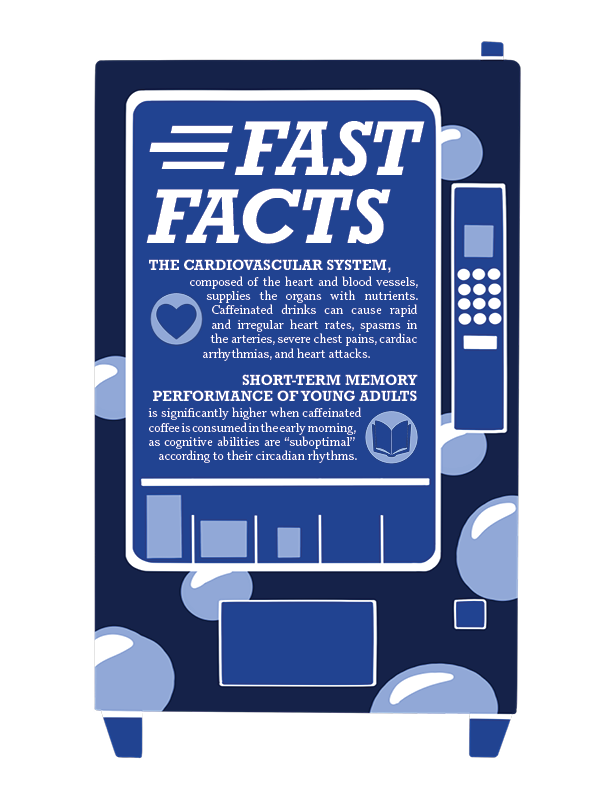


![Teacher Robert Snidman grades papers after school. Prior to teaching at Ladue, Snidman faced unexpected adversity at Hazelwood. “[There was] open drug dealing in the bathrooms and in the back of classrooms, Snidman said. I did my best for five years.](https://bestofsno.com/wp-content/uploads/2024/05/RobertSnidman-1200x801.jpg)

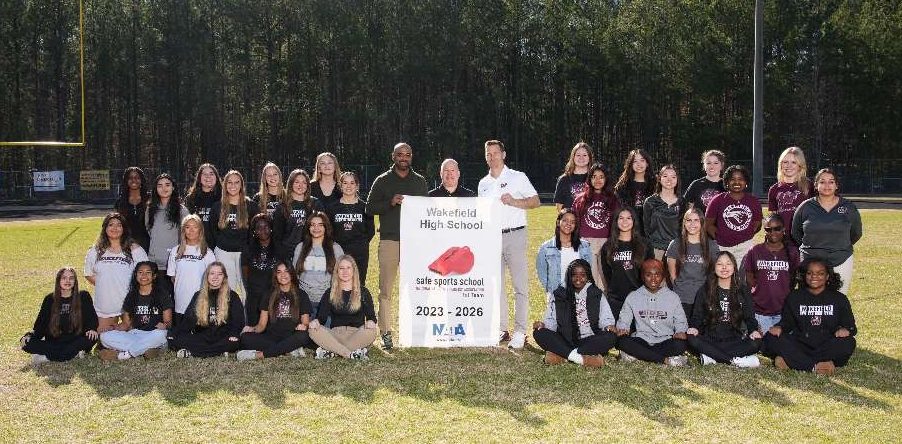



![Envisioning a cathedral in his mind, senior Soren Frederick puts pencil to paper and practices a rough sketch in the drawing room. Frederick grew up surrounded by a family of artists who helped him realize his passion for drawing and painting as he matured. “My family [is] very much [an inspiration] for drawing and painting. [Art] didn’t start [in the family] with me; it started with my mom and my older sister, and my older brother is very good at drawing [too],” Frederick said.](https://bestofsno.com/wp-content/uploads/2024/05/DSC_0017-1200x800.jpg)








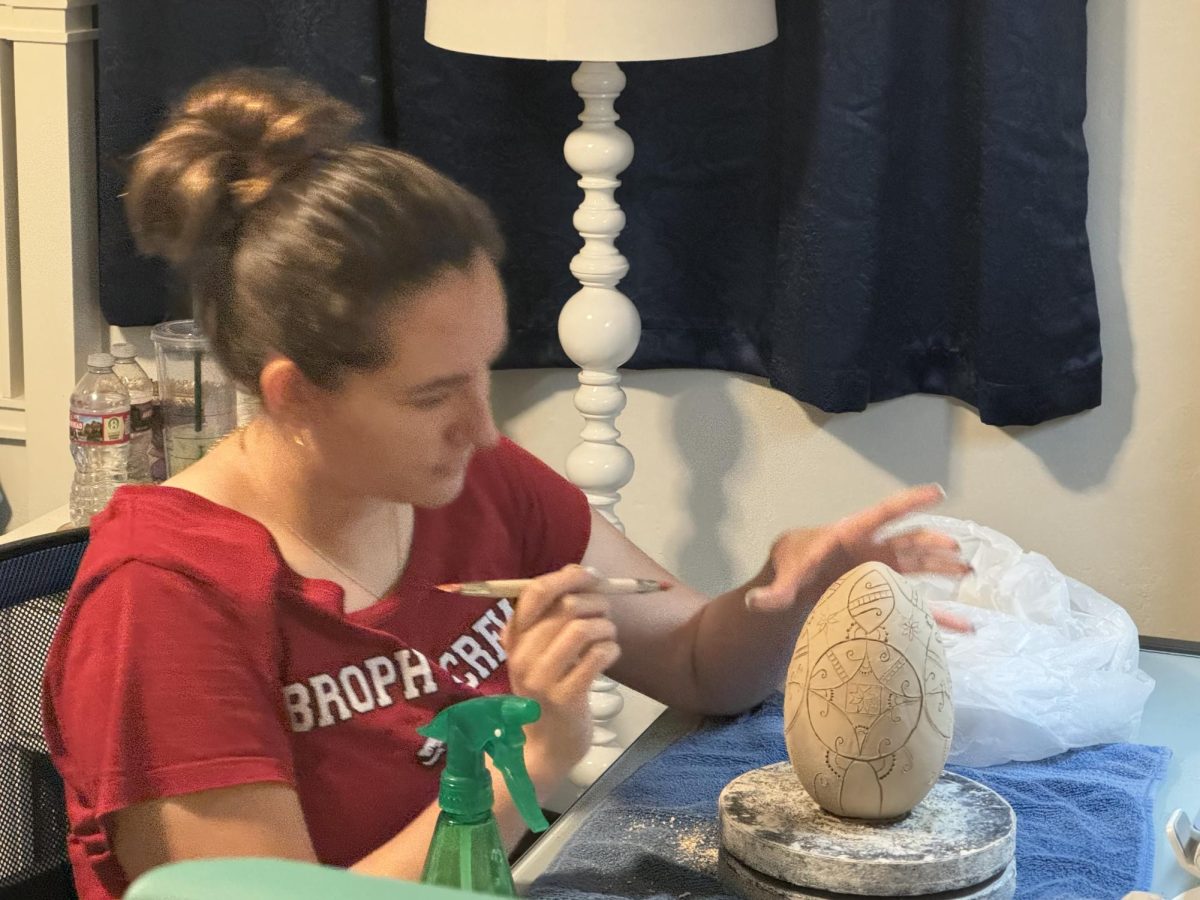
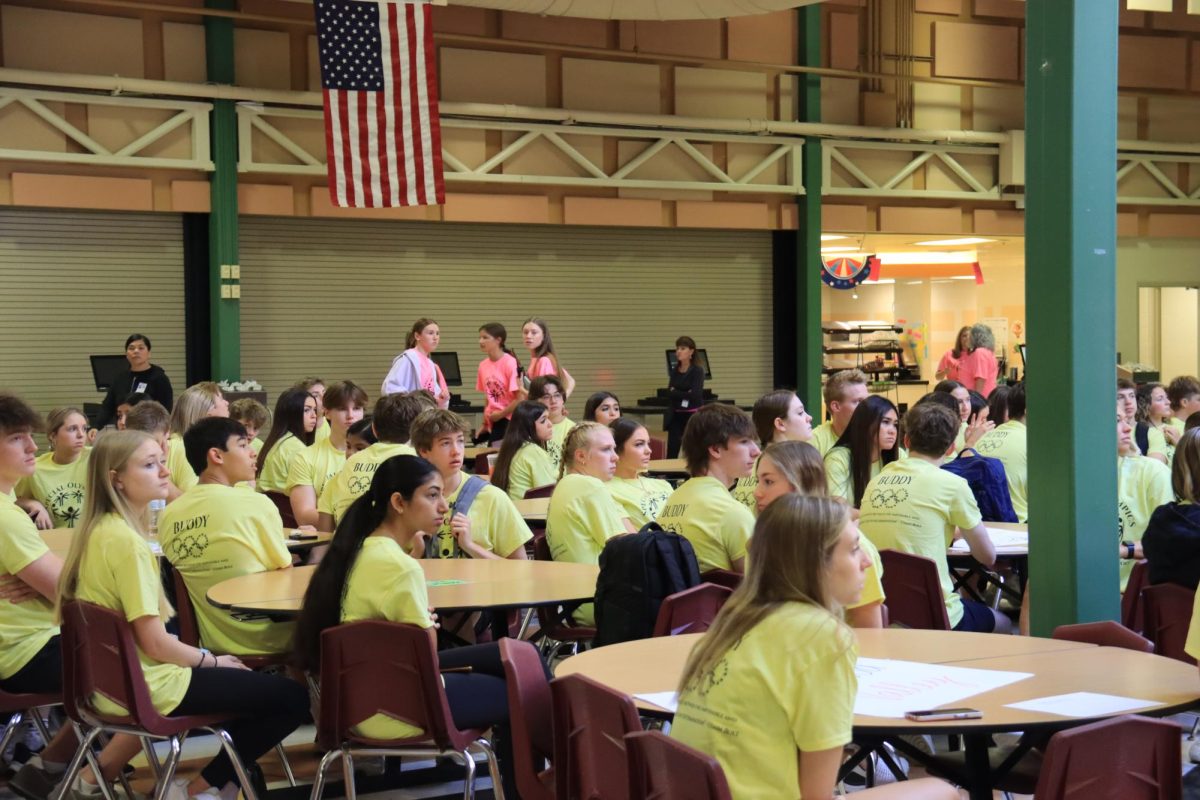


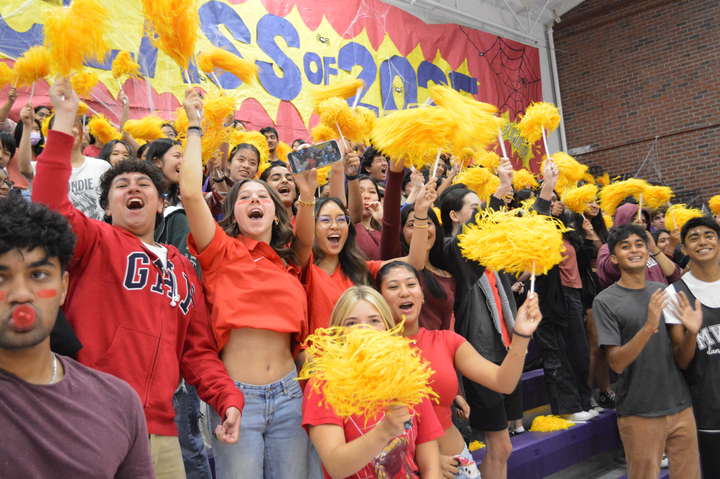



![IN THE SPOTLIGHT: Junior Zalie Mann performs “I Love to Cry at Weddings,” an ensemble piece from the fall musical Sweet Charity, to prospective students during the Fine Arts Showcase on Wednesday, Nov. 8. The showcase is a compilation of performances and demonstrations from each fine arts strand offered at McCallum. This show is put on so that prospective students can see if they are interested in joining an academy or major.
Sweet Charity originally ran the weekends of Sept. 28 and Oct. 8, but made a comeback for the Fine Arts Showcase.
“[Being at the front in the spotlight] is my favorite part of the whole dance, so I was super happy to be on stage performing and smiling at the audience,” Mann said.
Mann performed in both the musical theatre performance and dance excerpt “Ethereal,” a contemporary piece choreographed by the new dance director Terrance Carson, in the showcase. With also being a dance ambassador, Mann got to talk about what MAC dance is, her experience and answer any questions the aspiring arts majors and their parents may have.
Caption by Maya Tackett.](https://bestofsno.com/wp-content/uploads/2024/02/53321803427_47cd17fe70_o-1-1200x800.jpg)
![SPREADING THE JOY: Sophomore Chim Becker poses with sophomores Cozbi Sims and Lou Davidson while manning a table at the Hispanic Heritage treat day during lunch of Sept 28. Becker is a part of the students of color alliance, who put together the activity to raise money for their club.
“It [the stand] was really fun because McCallum has a lot of latino kids,” Becker said. “And I think it was nice that I could share the stuff that I usually just have at home with people who have never tried it before.”
Becker recognizes the importance of celebrating Hispanic heritage at Mac.
“I think its important to celebrate,” Becker said. “Because our culture is awesome and super cool, and everybody should be able to learn about other cultures of the world.”
Caption by JoJo Barnard.](https://bestofsno.com/wp-content/uploads/2024/01/53221601352_4127a81c41_o-1200x675.jpg)

